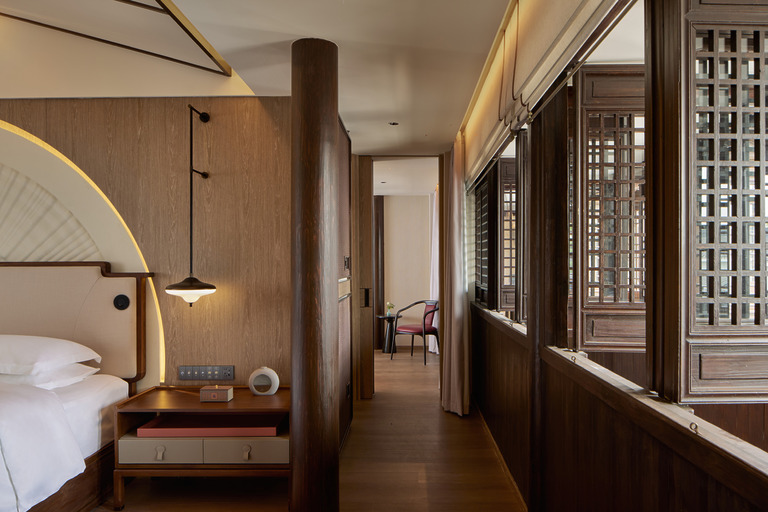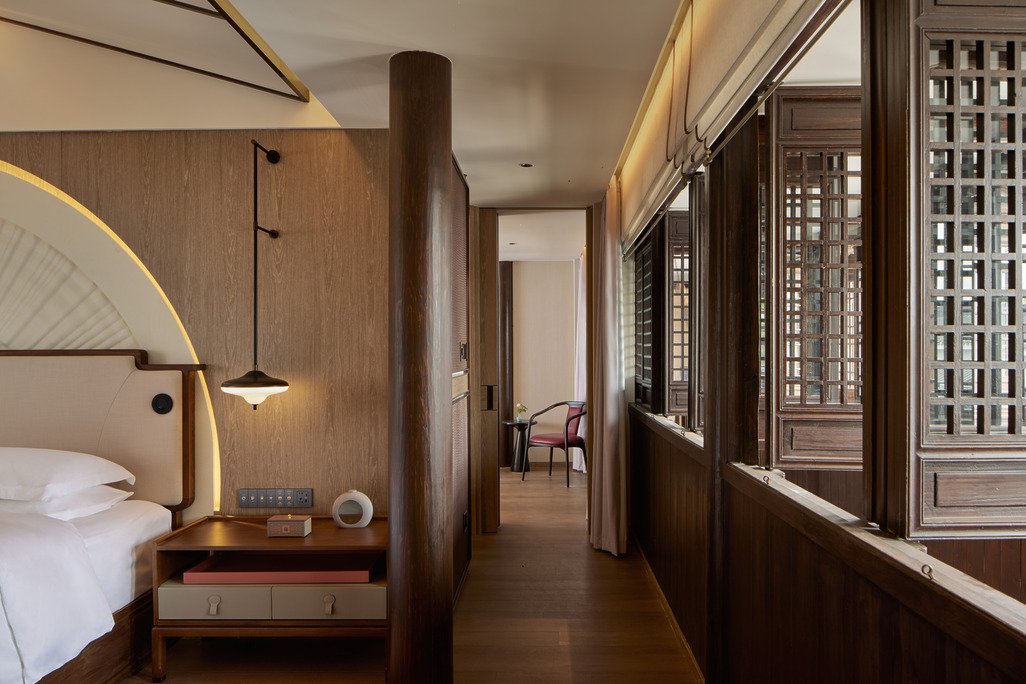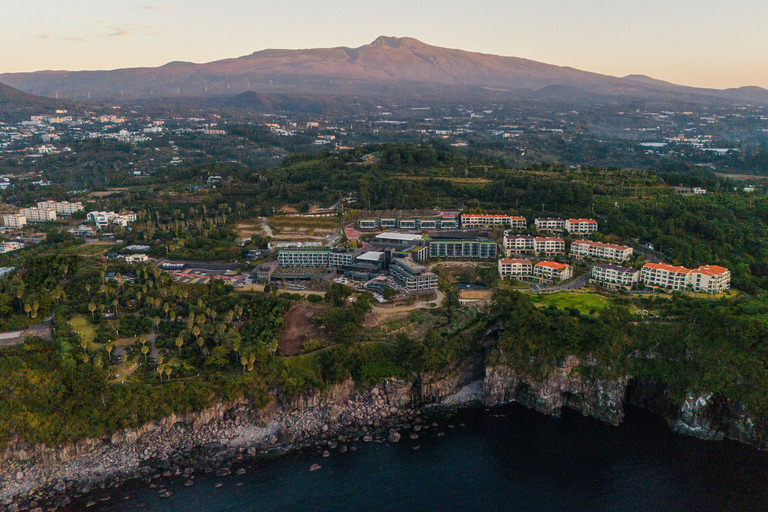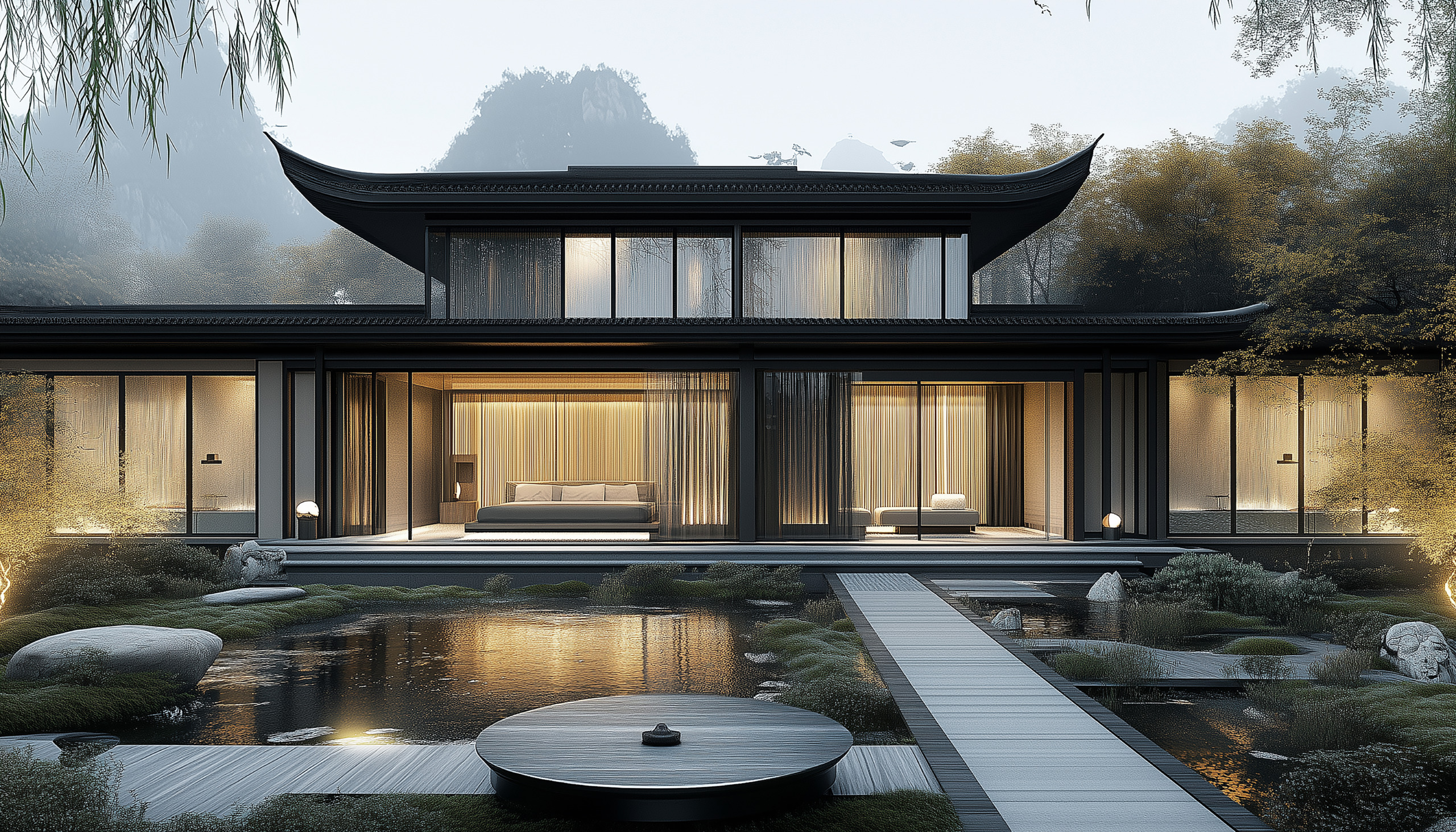Transforming Hospitality Design with AI
By WATG
October 21, 2024
AI is transforming our industry
It’s indisputable that AI is transforming our industry. Our Digital Practice team is constantly evaluating AI and its connections with the tools and applications that our designers use everyday. It’s up to us to define just how significant that transformation will be, for our systems and processes, for our designs, and for the experiences of our clients and their guests.
As we are learning, meaningful and effective AI-generated outputs rely on meaningful and specific queries, prompts and data inputs, our primary focus is on the data. By improving the quality of the data that is input and interpreted using AI tools, then the output is also greatly improved too.
We embrace AI, considering it another tool in our design toolkit, especially during projects’ early concept design phases. Image generators not only help us consider a wide variety of design ideas, they also help us show clients multiple options quickly and clearly in a more fluid and responsive “live design” approach.
AI is changing our design process, in some cases even reversing it, making it more efficient for all project stakeholders.
Traditionally, we would start out with programmatic diagrams, floor plans and a few sketches. And from there we would build a 3D model and create renderings, and share this full package with the client to illustrate a project’s potential design direction. Developing this cohesive package can be time and labor intensive.
Now, the client is seeing and understanding a design vision earlier—often first—as a result of AI-generated imagery, we can work backwards to create plans and models that bring the vision to life and make it buildable.
When we are helping clients reposition their hotels or designing renovations, occupancy data integrated with guest surveys can point to priority adjustments. Making a building or space “smart” with IoT activity sensors can take it a step further by illuminating operational flow and/or friction points in real time and giving designers valuable insights during the design process.
The design industry has evolved tremendously since WATG launched almost 80 years ago, which to be expected. The tools we use and the experiences we create continue to evolve too. We are embracing this constant iterative change. Augmented reality and robotics are already being used within guest spaces. Digital check-in and check-out and smart room amenities are increasingly common, empowering guests to personalize their hotel stay. Hotel staff can also leverage these tools to deliver better, more personalized services as more routine functions are increasingly automated.
Emerging technologies will quickly shape future hotel designs, too.
The rapid pace of technology evolution and production is only getting faster. We have to plan for new systems of guest engagement and technology within buildings that may not exist now, but will exist when a new hotel becomes a built reality. It can takes years for a hotel to be designed, built and ultimately enjoyed by guests. From the start of our design process, we must provide our clients with flexible spaces and infrastructure that can adapt as new technologies are integrated.
Interactive and immersive experiences are already prevalent, and we believe they will become more so and more engaging and encompassing. Imagine a guest being able to fully personalize their room environment with virtual artwork, coloration, or even texture and smell. Smart building technologies and IoT integrations throughout public and private hotel spaces will enable hotels to become smarter and more customized for every guest. We have to be able to design for this—to design spaces where AR and robotics are seamlessly integrated to have a positive impact on guest experience and comfort.
We are well-versed in our clients’ back-of-house operations and work hard to ensure that the interior and exterior spaces we design will maximize operational flow and functionality, and we are constantly researching and learning. As our data sets continue to improve, we can perform AI-integrated analyses of our clients’ operations and space planning, aligning room adjacencies and more to further enhance operational efficiency.
Data-driven design is more effective for the client’s bottom line.

This operational efficiency is also more good for us and the full project team of designers, engineers and contractors—which further boosts the bottom line. AI-powered digital tools help all of us resolve issues during the design process and reduce the need for value engineering. They also minimize the risk of mistakes during construction. All of this frees us up to do other things better: to spend more time on customized design details; to integrate more sustainable features (especially when the data has empowered a deeper analysis of the costs and benefits of each feature); and to improve coordination between all the consultants working on a project.
Our top concern is and always has been exceptional sustainable design that delivers an unparalleled guest experience. Data-informed design just helps us do this better. Imagine the results of layering all of this together: data related to occupancy, experience, operations, sustainability, design and construction. Thanks to AI, it’s possible for us to build better, smarter places for the planet, and for the people who enjoy them.
Latest Insights
Perspectives, trends, news.

- Employee Feature |
- Inside WATG
Mentorship, Community, and Creativity: WATG’s Blueprint for the Next 80 Years

- Employee Feature |
- Inside WATG
Mentorship, Community, and Creativity: WATG’s Blueprint for the Next 80 Years

- Strategy & Research |
- Design Thinking & Innovation
Hotel Wuxi MGallery Collection: Part of a Story

- Strategy & Research |
- Design Thinking & Innovation
Hotel Wuxi MGallery Collection: Part of a Story

- News
Behind The Scenes: ‘We Create Moments’

- News
Behind The Scenes: ‘We Create Moments’

- News
Hotel Room 404: The Mystery of the Missing Floor

- News

